Ask Aphrodite: Advice on Love and Copper
Wanderlust Wednesdays
Originally Aired: Wednesday, January 11, 2023
As part of The Greene Space’s Wanderlust Wednesdays series, performance artist Marisa Morán Jahn (aka Aphrodite) and special guests whose work depends on copper answers your questions about relationships, betrayals, and revelations (bodily or terrestrial), and discuss the importance of copper throughout history.
You’ll hear from experts like Sara Dahmen, award-winning writer and coppersmith, Dave Maiullo, educator and physicist, and Chikako Takeshita, Professor of Gender & Sexuality studies, and examine how copper has been used in reproductive technology for oh, at least the past few millennia. You just might find yourself smitten with this mineral’s “electrowinning” superpowers that humans have harnessed for the past 10,000 years — so bring your copper IUD.
Creative Director: Marc Parroquín
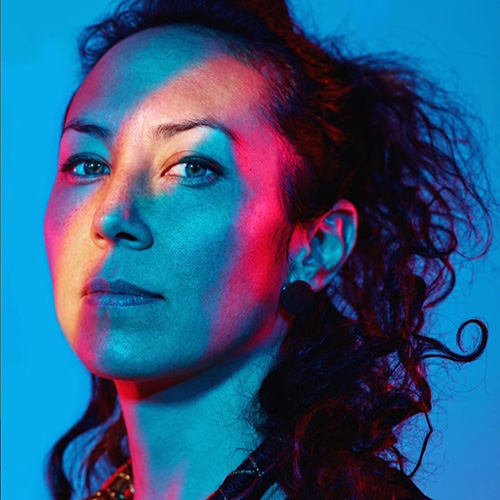
Marisa Morán Jahn
Credit: Photo by Jill Greenberg
An artist of Ecuadorian and Chinese descent, Marisa Morán Jahn’s works redistribute power, “exemplifying the possibilities of art as social practice” (ArtForum). Codesigned with new immigrants and working families, Jahn’s public artwork, civic media tools, installations, films, architectural and urban-scale collaborations have engaged millions via the United Nations, Tribeca Film Festival, Obama’s White House, and Venice Biennale of Architecture. She is a Sundance and Creative Capital grantee, a Senior Researcher at MIT, artist in residence at The National Public Housing Museum, and the Director of Integrated Design at Parsons/The New School. With Rafi Segal, Jahn co-authored a book, Design & Solidarity (Columbia University Press, 2023) and co-founded Carehaus, the U.S.’s first care-based co-housing project.
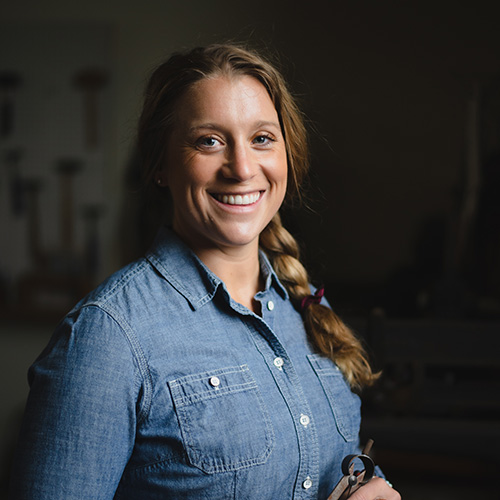
Sara Dahmen
Credit: Photo provided by Artist
Sara Dahmen is an award-winning writer and entrepreneur, as well as the only female coppersmith in America manufacturing, restoring, and building copper cookware in her Wisconsin copper shop. Sara is traditionally trained in an old-school apprenticeship to create and refurbish vintage or modern cookware. She single-handedly runs her company, House Copper & Cookware, using tools from the 1700 and 1800s. Her work has been featured in Forbes, Martha Stewart, Food & Wine, House Beautiful, on PBS, the TODAY Show and many more, and in collaboration with Colonial Williamsburg and Duluth Trading Company.
Sara’s non-fiction book, Copper, Iron, and Clay: A Smith’s Journey (William Morrow/Harper Collins) covers the history, science, use and care of cookware. She has published over 100 articles as a contributing editor for various trade magazines, has written for Edible and Root + Bone, among others, and spoke at TEDx. Her historical fiction Flats Junction series (Promontory Press, Inc.) has been critically recognized and is currently in development for television. Sara is also a screenplay writer and content creator.
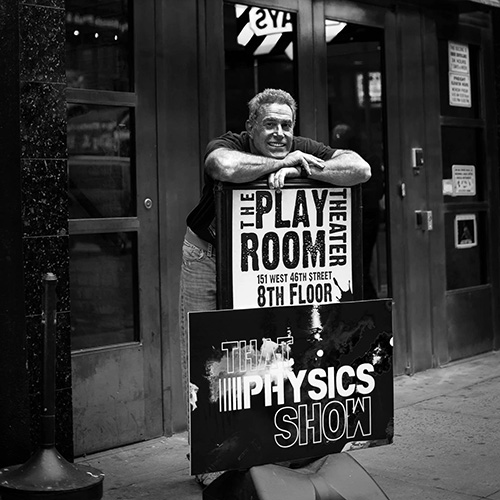
Dave Maiullo
Credit: Photo provided by Artist
Dave Maiullo is a physicist, educator, and co-author of A Demonstration a Day – A Year of Physics Demonstrations. He created and starred in the off-Broadway production, “That Physics Show” based on his physics outreach demonstration shows performed at various schools and libraries. Dave received the 2016 NYC Drama Desk Award for creating NYC’s “Most Unique Theatrical Production” of the year.
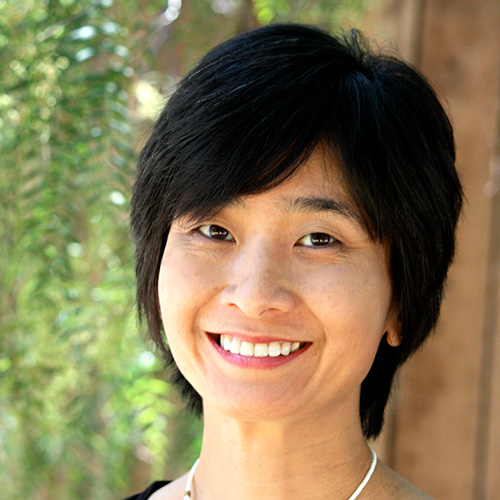
Chikako Takeshita
Credit: Photo provided by Guest
Chikako Takeshita is Associate Professor of Gender and Sexuality Studies. Her main body of work involves the interaction between science, technology, biomedicine and politics of reproduction in multiple spheres including population, birth control, abortion rights, childbirth, and mothering. Her secondary line of work draws on political ecology to investigate the relationship between technoscience, discourses of sustainability, and feminist environmentalism.
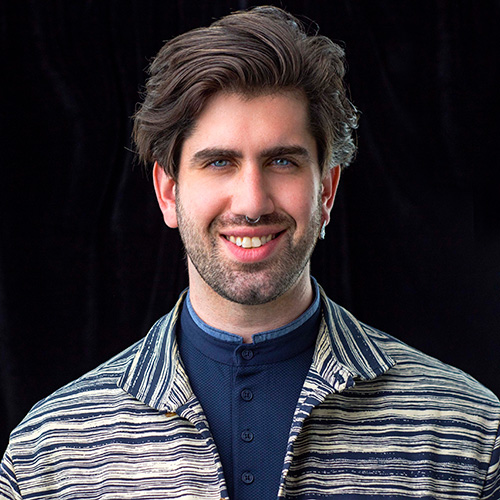
Marc Parroquín
Credit: Photo provided by Artist
A multidisciplinary Latinx storyteller, creative director, and adjunct professor at Parsons School of Design, Marc Parroquín is passionate about engaging audiences through filmmaking, editorial photography, VR, and design. Parroquín has worked with Notre Dame’s Center for Social Concerns to produce and shoot a short documentary around the life and work of Oswaldo Guayasamín called “Art in Motion”; revamped NYU professor and Choreographer, Richard Move’s online presence; created projection design for live dance performances with Queens College; co-conducted video documentation workshops for Creative Capital’s artist grantees; worked under Jan Versweyveld in the photo department of West Side Story on Broadway; and worked in the scenic and lighting designer for David Bowie’s “Lazarus” and “Network” starring Bryan Cranston.
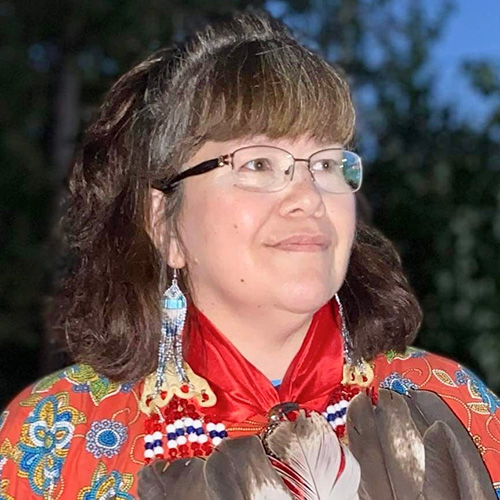
Patricia Saulis
Credit: Photo provided by Artist
Patricia Saulis (Maliseet Nation at Tobique, New Brunswick, Canada) is the Executive Director of the Maliseet Nation Conservation Council which addresses how the watershed, aquatic relations, and marine life connect to issues like climate change and extraction impacting biodiversity loss. She was an MLK Scholar at MIT and is a regional, national, and transborder leader increasing the participation of indigenous communities in decision making processes.

Copper
Credit: Photo by Andrew Kliatskyi
Relatively abundant, conductive, and malleable, copper is a naturally-occurring element on which our homes, digital networks, and bodies depend. Etymologically, the word “copper” derives its name from the island of Cyprus (Latin, cuprum) where the metal was found in abundance and mined starting in 8700 BCE. Cyprus is also the birthplace of Aphrodite, which explains how copper and the goddess of love share the same symbol (♀) and perhaps suggesting a relationship of fecundity — both body and earth. In addition, in antiquity, polished copper or bronze was used as mirrors. While Aphrodite’s mirror is most commonly assumed to symbolize vanity, its ability to reflect also symbolizes a revelatory power and inner secret. The symbol was later adapted in the 1970s by Western activists to signify women’s liberation and empowerment.
Make a monthly donation of $10 or more to support us and all the programs and podcasts you love from WNYC, WQXR, Gothamist and more!